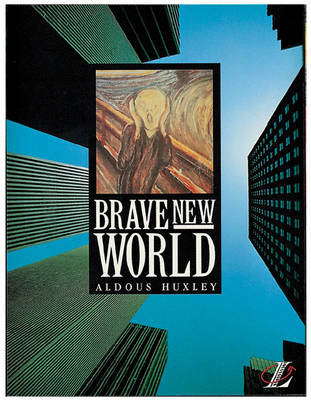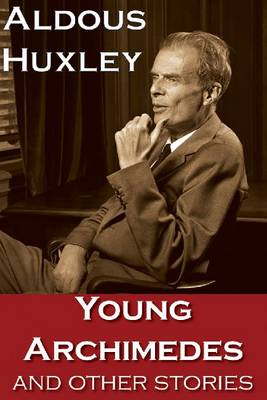Transaction Large Print S.
2 total works
This volume is part of a new series of novels, plays and stories at GCSE/Key Stage 4 level, designed to meet the needs of the National Curriculum syllabus. Each text includes an introduction, pre-reading activities, notes and coursework activities. Also provided is a section on the process of writing, often compiled by the author. Into the neatly programmed "Brave New World" of test-tube babies and drug-controlled happiness, misfit Bernard Marx brings the innocent Savage. Huxley's vision of the future is also a chilling comment on the present.
In these semi-autobiographical stories, Huxley discourses on life and death, accident and necessity, natives and foreigners. They show Huxley in his most pensive mood, far removed from the didatic counter-utopianism with which he is often identified. Young Archimedes takes place in Italy. The story starts as a test in aesthetic sensibilities, between natives and visitors. Guido's musical predilections, his precocity, was more rooted in Archimedes than in Mozart. But the nature of his unusual talents was never quite understood. In contrast, the young English boy, the counterpart, is ordinary to a fault. What happens is a chilling example of a child pushed beyond his limits by well-intentioned parents. In Little Mexican, the English visitor learns that life beyond the university is emancipation not just in the literature of Mallarm and the philosophy of Nietzsche, but in the sensual ways of the world itself. Emancipation is in the life of love, and in the struggle to remain young. Fard, Hubert and Minnie, and The Portrait take place in France and England, with their themes of unrequited love, affection between lovers of different nations, and social standing.

